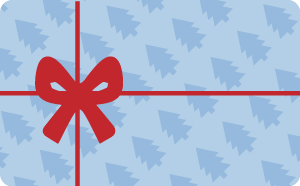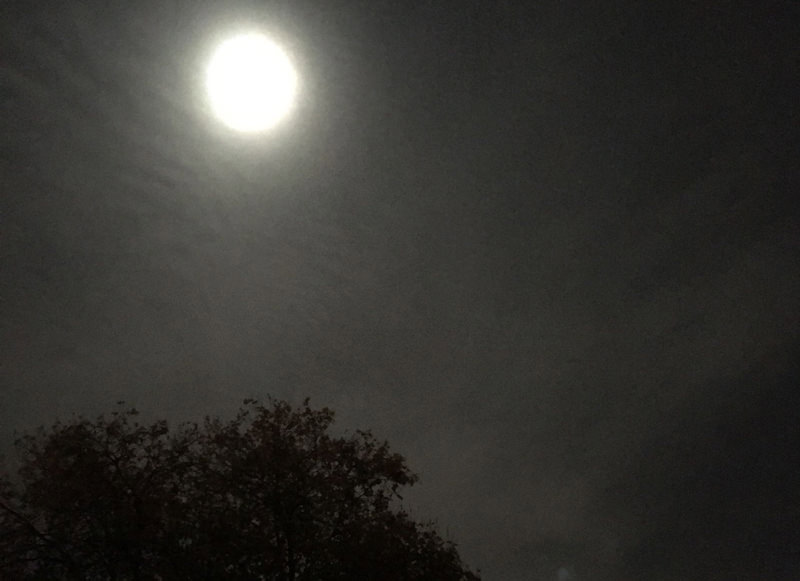Hi everyone!
If you were up late last night you’ll have seen the second, and most powerful, of three supermoons in the closing three months of this year. If not, you can still catch it tonight.
A ‘supermoon’ is a new or full moon that occurs with perigee – the point when the moon is nearest to earth’s orbit – at around 225k miles and this will be the closest one since 1948.
One of the most well known phenomenon of supermoons is the markedly higher and lower tidal flows in the world’s oceans and rivers. We may even get some unusual tidal activity on the Thames due to the moon’s gravitational pull. The 28 day cycle of the moon has long been linked to fertility and women’s menstrual cycles with more than one study showing a synchronous relationship between the two:
– almost 30% women experience lunar-period cycles
– ovulation and low melatonin levels tend to occur with the passing of the full moon
– menstruation and high melatonin levels tend to come with the new moon
I remember a while back a patient who was a midwife at Kingston Maternity Ward saying that it would often get super busy during the full moon. There is data that supports her story, showing that a full moon means a greater number of ‘spontaneous’ births.
The lunar cycle is linked to our natural circadian rhythm. By managing our diet, sleep cycle and lifestyle we can regulate these rhythms and balance our endocrine system, which can regulate periods and the menstrual cycle.
Chinese medicine, acupuncture & herbal medicine, nutrition & exercise, reflexology and more can greatly help to achieve and maintain this balance.
To find out more feel free to explore the site further.

❄ ❄ Christmas vouchers and gift cards are available for all of our treatments!
Call the clinic on 020 8789 4362 to buy yours now.
___
M. Zimeki (2006), ‘The lunar cycle: effects on human and animal behaviour and physiology’, Postepy Hig Med Dosw. (online) https://www.ncbi.nlm.nih.gov/pubmed/16407788




